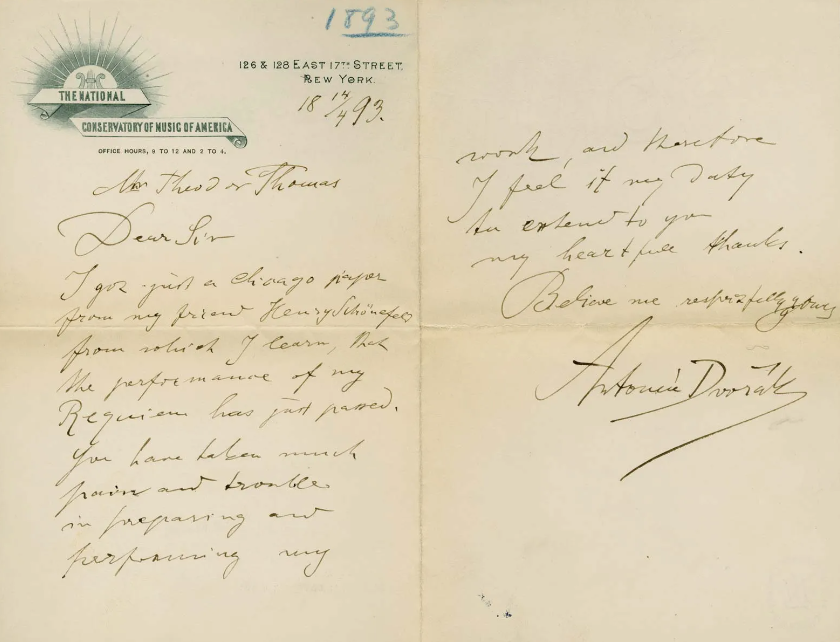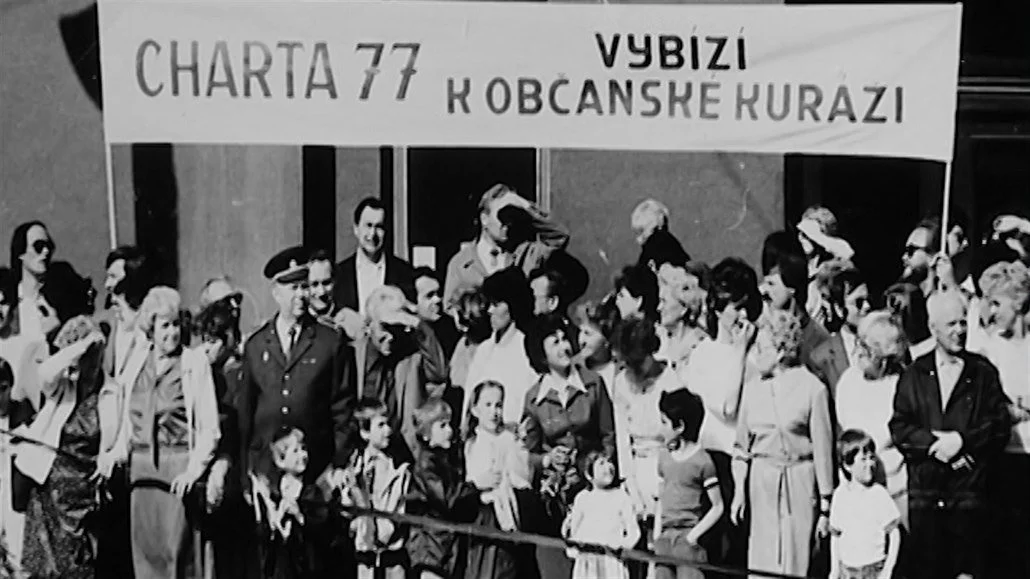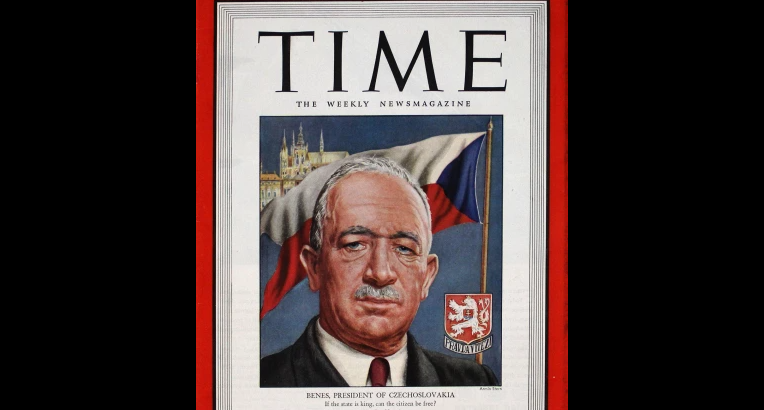The term Cubo-Expressionism was coined in the early 1970s to describe Czech avant-garde art in the 20th century, when elements of Cubism and Expressionism were combined. It was a revolt from earlier art forms with spiritual elements. Czech Cubism, as Cubo-Expressionism is also called, was applied to just more than art pieces, including furniture, objects, architecture, etc. One of the most famous Cubo-Expressionists is Pavel Janák, a Czech architect, designer, planner, professor, and theoretician.
Rudolf II: The Intellectual yet Disastrous Emperor
Rudolf II desired to unify Christendom in the Empire and tried to take a tolerant stance on religious issues. Though he was an ineffectual ruler, he had a love for academics that helped spur the Scientific Revolution. He was known as “the greatest art patron in the world,” and philosophers, painters, alchemists, astronomers, architects, and mathematicians came to Prague to work under his patronage.
Božena Hauserová (1914 - 2009)
Božena Hauserová was a lawyer turned CIA operative for the United States to help fight against Germany during the World War. She and her husband, Charles Lauwers, moved to the United States in 1941 after hearing news of the war, after which she enlisted, following her husband. In 1944, she participated in Operation “Sauerkraut,” where she’d spread rumors, provide fake orders, and pass around discouraging leaflets, all to spread propaganda among German soldiers. Her work was a success, being declassified after her death in 2009.
Czech Wine: A Brief History
From legends to wine festivals, Czech wine has a rich history. Various rulers implemented regulations for viticulture, and it eventually grew to a large scale operation in the Czech Republic. Although many vineyards were left abandoned after the revolution, through the 19th and 20th centuries, Czech viticulture bounced back to the point of becoming a worldwide phenomenon.
Mushroom Foraging
Picking mushrooms is one of the most popular Czech Traditions, and is considered by some to be a national sport. It is often a family activity and rich with cultural traditions. In fact, over two-thirds of the population forage for mushrooms at least once a year. As fun as mushroom foraging is, it can be dangerous if one picks the wrong mushrooms, so there are experts to help the less-experienced, such as international visitors.
Dagmar Šimková (1929-1995)
Dagmar Šimková was a political prisoner during the communist repression. She suffered a long prison sentence and was able to pursue her education and help others in the prison system later in life. Šimková’s ordeals during her time as a political prisoner were shaped both by her femininity turned against her and her bonds with fellow prisoners that kept them together. Her most courageous acts involved hunger strikes in protest against the treatment of her fellow prisoners.
Bertha von Suttner: the first woman to win the Nobel Peace Prize
Bertha von Suttner’s commitment to peace and anti-war movements created the building block to many significant changes in Europe. Unfortunately, the political figures and aristocracy she argued against ignored her warnings. For example, von Suttner warned governments and aristocracy of increased citizen involvement in affairs of war and even the use of nuclear weapons. Eventually, her ideas for peace were soon adopted post-World War II.
Mordecai Maisel: Jewish Influence in Prague
Mordechai Ben Šemuel Maisel was a businessman, philanthropist, Jewish community head, and builder of Prague’s Jewish town during the late 16th and early 17th centuries. He established a successful banking business and several silver and gold mines in Bohemia. Maisel’s financial success was instrumental to the tactical success of the Holy Roman Emperor’s forces during the Turkish Wars, which allowed him more financial freedoms and decisions that made him wealthier.
Meda Mladkova
Meda Mladkova was a patron of the arts who helped support Czech artists stuck behind the Iron Curtain. She trained to be a dancer but decided to leave Czechoslovakia after witnessing how terribly the Germans who remained in the country were treated at the end of the Second World War. Even when she met the Ministers of Culture and Education and the Director of the Nationa Gallery, she truthfully and successfully stood up for artistic freedom.
The Forced Exile of Refugees
From the Bolshevik Revolution to the Invasion of Ukraine, the Czech Republic has been a haven for refugees for over 100 years. For example, the Bolshevik Revolution was a terrible period in Eastern European history, one that caused two to three million people to leave Russia, with 15 thousand of those who left becoming Czechoslovakian refugees.
Hana Podolska: The "Coco Chanel" of Czechoslovakia
Hana Podolska was “the” fashion designer of the 1930s and 1940s in Prague. Her gowns and garments could be seen in well-known films worn by famous actresses, many magazines, and popular political figures. Before her life of fashion her father, who tragically died of tuberculosis, was an architect while her mother was a housewife. After moving to and growing up in Prague, Podolska worked with the local seamstress, which became the genesis for her fulfilled desire to be a fashion designer.
Charles IV: King of Bohemia and the "Romans"
Charles IV’s efforts helped to elevate the city of Prague to new heights, establishing it as the intellectual and cultural center of Central Europe. Yet, his reign was marked by political disagreements and failures to centralize the government. One major, yet brief, threat to Charles IV’s authority came from Louis IV, the excommunicated emperor Charles IV replaced. Another major aspect of Charles IV’s authority was the elevation of Prague as a major player on the world stage for centuries to come.
Jaroslava Brychtova (18 July 1924 – 8 April 2020)
Jaroslava Brychtová and Stanislav Libenský’s partnership of almost 50 years birthed some of the defining sculptural and architectural installations of the 20th century. They used their art as a form of political resistance and were inspired by early 20th-century Czech Cubism and metaphysical philosophy to work with abstraction.
Antonin Dvořák
The Life and Compositions of Antonin Dvorak, who had a great talent for melody and including Czech culture in his music, created works of art that captivated his listeners. His life’s work began at the age of 12 when he studied harmony, the piano, and the organ to write Polka music. As his skills grew, so did his network of famous and accomplished fellow musicians, including Johannes Brahms and Tchaikovsky.
Czech Beer : A Brief History
From the Brevnov Monastery to the modern-day Pilsner, the Czech people have been enjoying beer for over a thousand years. Known as the beer of tradition, Czech beer is ingrained into history itself. When beermaking was banned. the Brenov Monastery, as the first-ever Bohemian brewery, was exempt. Initially, after the ban on brewing ended, only noble families or homeowners were allowed to brew beer. It was in 1842 that the famous Pilsner was created.
Charter 77
Charter 77 is a declaration of human rights published by a group of Czech citizens. It declares that “Charter 77 is not an organization,” rather an idea. Support for Charter 77 mounted as publicly supporting it became more dangerous and life-uprooting. Even still, private and public support for the declaration of peaceful resistance continued, even 40 years into it’s creation.
George "Papa Bear" Halas
The Chicago Bears began with American football coach, owner, and NFL administrator George “Papa Bear” Halas, born in Chicago, Illinois to Slovak immigrants. Initially, however, Halas began as a player who joined the Navy during World War I, before becoming a player-coach. Throughout his life, “Papa Bear” Halas invested his life into football, winning six NFL championships as head coach while practicing many innovative routines that allowed him and his team to win.
Landscapes of Czech Painters: Slavíček and Zrzavý
Antonín Slavíček was an impressionist painter who kickstarted the Czech modern art movement. Jan Zrzavý, a painter whose work was defined in terms of neoclassicism and magic realism, also kickstarted the Czech modern art movement. Both artists painted landscapes in ways that captured both the past and the imagination of the Czechoslovakian nation.
Edvard Beneš (28 May 1884 - 3 September 1948)
Edvard Beneš was born in Kozlany, Bohemia during the Austro-Hungarian Empire’s rule, but by October 14, 1918, he lived in a different nation, as the empire collapsed in place of the then-new Czechoslovakia. He served as the council chairman for the League of Nations to support the balance of powers in Eastern Europe, creating the “Little Entente.” Eventually, Beneš would succeed Masaryk as the Czechoslovakian president, faced with the threat of Germany, and the rest is history.
Eliska Junkova: Racing into History
Eliška Junková is the first woman to win the Grand Prix, in 1927. Even before, Junková was “Queen of the Steering Wheel,” a well-earned title that she worked towards since 1922. Her dedication to racing began with her dedication to her husband, Vincenc “Čenêk” Junek, whom she met at her job at the Prague Credit Bank.











